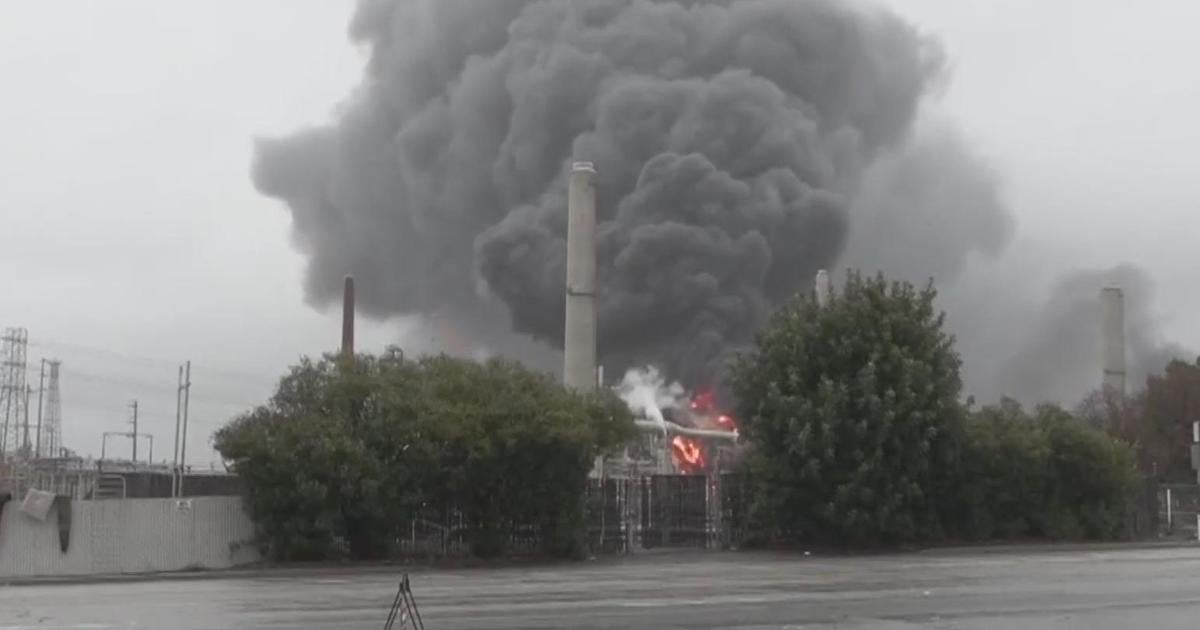Toxic Smoke Lingers: Health Warnings Persist After Martinez Refinery Blaze

In the wake of a devastating fire at the Martinez refinery on Saturday, local residents are describing the incident as the most intense and alarming blaze they've witnessed in years. Da Lin, reporting from the scene, captured the community's shock and concern as thick plumes of black smoke billowed into the sky, casting a shadow over the industrial landscape.
Neighbors living near the refinery recounted the harrowing moments when the fire erupted, describing the event as unprecedented in its scale and intensity. The dramatic incident has left many residents worried about potential environmental and health impacts, with some expressing deep anxiety about the proximity of such a significant industrial accident to their homes.
Eyewitnesses reported hearing loud explosions and seeing massive flames that seemed to light up the entire area, making this fire stand out as particularly memorable and frightening. Local authorities and refinery officials are currently investigating the cause of the blaze, while community members continue to process the dramatic events of that Saturday.
The incident serves as a stark reminder of the potential risks associated with industrial facilities and has sparked renewed conversations about safety protocols and emergency preparedness in the community.

